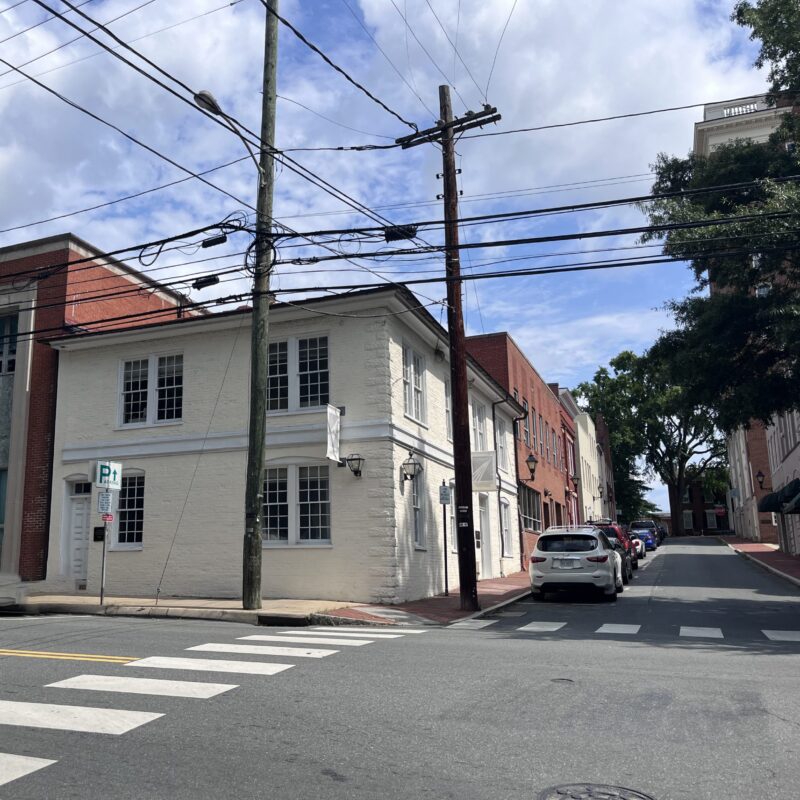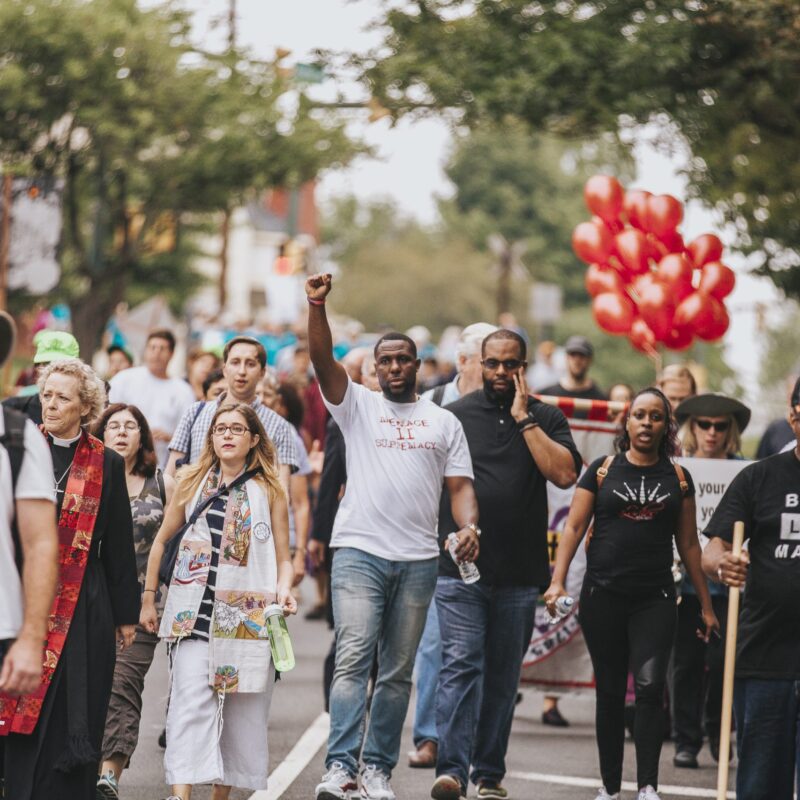Wake up, sleepy heads! Tuesday is primary day, 2010, and you know what that means! Time for people of all political stripes to hustle on down to their local polling place and, um… Oh, wait, that’s right—anyone hoping to vote for a Democrat, forget everything we just said and go back to bed. Looks like the donkeys are giving democracy a rest this time around, and have already selected all of their congressional candidates by popular acclaim in party conventions.
But that’s O.K.—the elephants are more than making up for it, with a whopping 19 candidates vying for the top slots in five U.S. House districts. Of course, one of these districts—the Fightin’ First!—doesn’t really count, because Republican Representative Rob Wittman is the incumbent, and the Tea Party gadfly challenging him is none other than Catherine “Bullet Box” Crabill, a notorious wackjob whose website insists that we are in an “undeclared war for the very heart and soul of our Free Republic.” She should (thankfully) be crushed by Wittman, who will then go on to face the exquisitely named (and surprisingly well-funded) Krystal Ball in the general election.
But the other four districts—currently represented by Democrats Gerry Connolly, Jim Moran, Glenn Nye and Tom Perriello—are all hotly contested races, featuring varying degrees of internecine combat and vitriol.
In a year when the GOP is hoping for big gains in the House of Representatives, you can tell which Dems are considered most vulnerable by the number of challengers they’ve drawn: Connolly and Moran have a relatively paltry two apiece, while Nye boasts a robust six, and Perriello is being pursued by no less than seven. (Manna from heaven for us political writers. We usually have to wait until the presidential primary season before we can bust out the “seven angry dwarves” jokes!)
But there are a few downsides to all of this grassroots enthusiasm. The main problem is, with so many choices, it’s hard for any one candidate to stand out. And, with most of the political energy coming from the far right, once-moderate candidates are often forced to appease the Tea Party base in a way that might come back to bite them in the general election. (Just witness the bloodletting in the 11th District, where Keith Fimian and Pat Herrity—two historically moderate Republicans—have been tearing each other apart over taxes and corruption while Gerry Connolly, their purported target, sits back and watches the fun.)
And so, while Republican power brokers might ultimately get the candidates they want to face Nye and Perriello (Scott Rigell and Robert Hurt, respectively), they’re going to leave a trail of broken Tea Party china in their wake.
The question is, will members of the Hampton Roads Tea Party (which broke with Governor Bob McDonnell to endorse Ben Loyola, a small-government conservative) and similar groups simply lick their wounds and return to vote Republican in November? Or will they become disenchanted with the entire process and sit this one out?
No one really knows. But we can promise you one thing: That’s a question that GOP leaders will be asking themselves every day from now until November 2.





